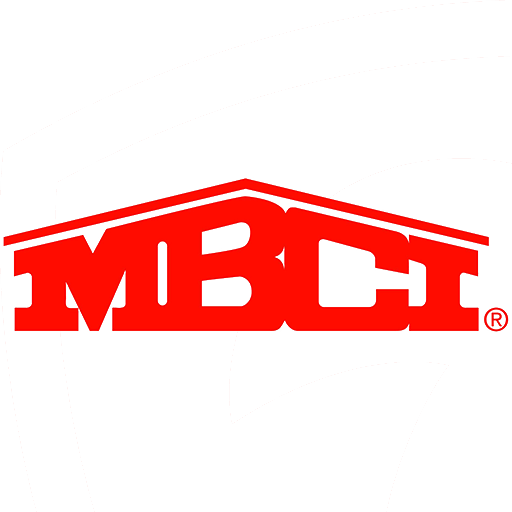
Built-Up Systems
Built-Up Roofing (BUR), or Gravel Roofing, is one of the oldest flat & low-slope roofing systems and has a proven track record. Built-Up Roofing systems possess a multiple layer design, providing weather resilience and durability for industrial and commercial roofs.
Features
Built-up / Gravel roofing systems usually consist of three components:
Bitumen (asphalt or coal tars), which provides water-proofing & adhesion.
Reinforcing Ply Sheets (roofing felts) provide tear resistance, puncture strength, several layers of waterproofing, and enhance fire ratings.
These layers of roofing felts are applied between bitumen or asphalt. The surface of the system is covered with gravel, a mineral cap sheet, or a coating.
With a history of durability and reliability, Built-Up roofing (BUR) is one of the oldest roofing systems available.
Benefits
BUR/Gravel Roofs offer rugged durability that resists wear from equipment, solar panels, foot traffic and more.
Built-Up Gravel roof systems present an aesthetic appeal which is preferable for architectural buildings.
Gravel/Built-Up roofs are great for applications that present high foot-traffic, offering grip and durability.
BUR or Gravel roof system’s multiple layers provide added waterproofing protection.
Built-Up Roofing Systems
Frequently Asked Questions
-
A built-up/gravel roof can weigh from 2 to 5 pounds per square foot. Thicker systems consisting of several bitumen and roofing felt layers will weigh more than thinner roofs built with fewer layers. Due to the high weight of Built-up or Gravel roof systems, when heavy rain and snow occur the additional weight puts increased strain on your commercial or industrial building.
-
Although Gravel Roofs have great durability, this added feature causes Built-Up roof systems to weigh much more than Mod-Bit and other modern roof systems, which can present challenges to many buildings. Gravel/Built-Up roofs also tend to accumulate dirt and other debris. Because of this, it can be difficult to locate the point of water entry in leaking Built-Up/Gravel roofs. Additionally, in the event of hail damage, these systems disguise any damage that occurred. Displaced gravel and trapped debris can also block drain and gutter systems, which is another reason why a BUR roof may not be the optimal choice for your commercial or industrial roof.
-
Built-up roofs do require regular maintenance to get the most life out of them. This ongoing process requires regular inspection of the roof, cleaning debris, ensuring drainage systems are clear, replacing displaced gravel, and maintaining records of all maintenance performed. Call us for service if any repairs are necessary.
-
Gravel/Built-Up roofs tend to accumulate dirt and other debris. Because of this, it can be difficult to locate the point of water entry in leaking Built-Up/Gravel roofs. Additionally, in the event of hail damage, these systems disguise any damage that occurred. Displaced gravel and trapped debris can also block drain and gutter systems, which is another reason why a BUR roof may not be the optimal choice for your commercial or industrial roof.
-
Yes, Built-Up/Gravel roofs provide traction and weight distribution for foot traffic. However, if heavy foot traffic is expected a pathway can be installed.
Our Other Systems
Since 1982, MAC Street Industrial has been setting the standard in Commercial & Industrial property restoration. We deliver tailored solutions across an extensive variety of industries- from industrial and warehouse spaces that optimize efficiency, to modern offices designed for productivity.
TPO
PVC
EPDM
Mod-Bit
Built-up
Coatings
Metal
Steep Slope
Storm Damage
Case Studies
Looking for something else?
The Only Estimate You Will Need.
Competitive. Transparent. Precise.
Through our partnerships with leading manufacturers, MAC Street Industrial has many commercial roofing systems to choose from. Our certified roofing specialists will make a recommendation based on your roof type and condition to deliver the best available solution to fit your needs.
Trusted Partners:































































